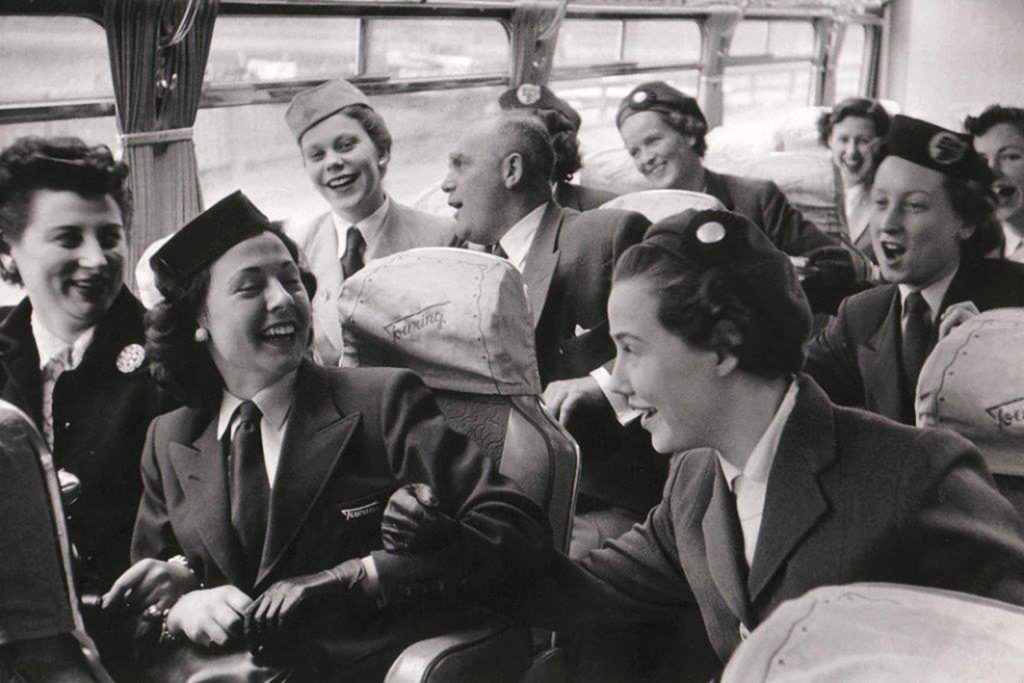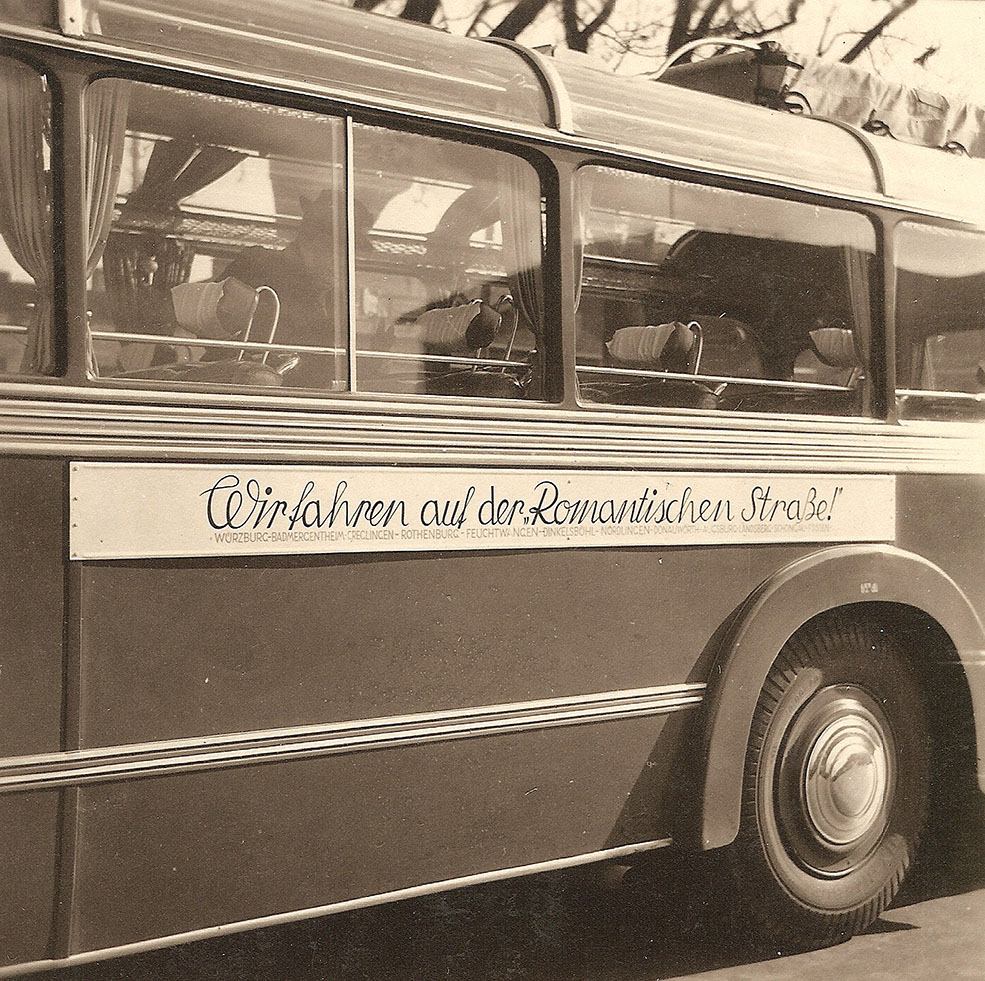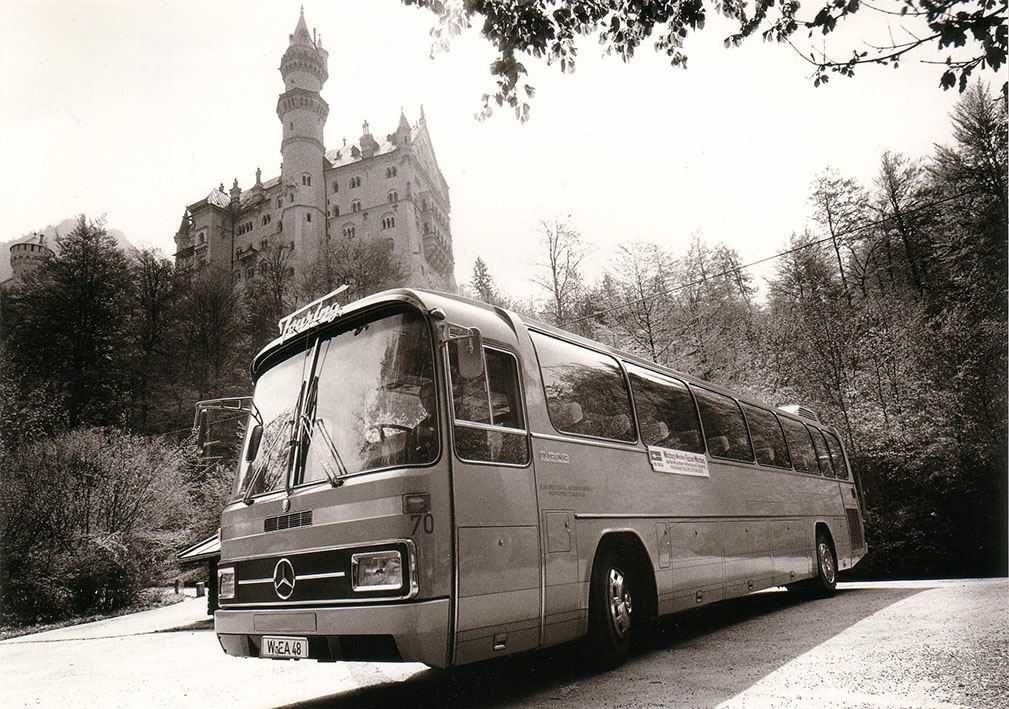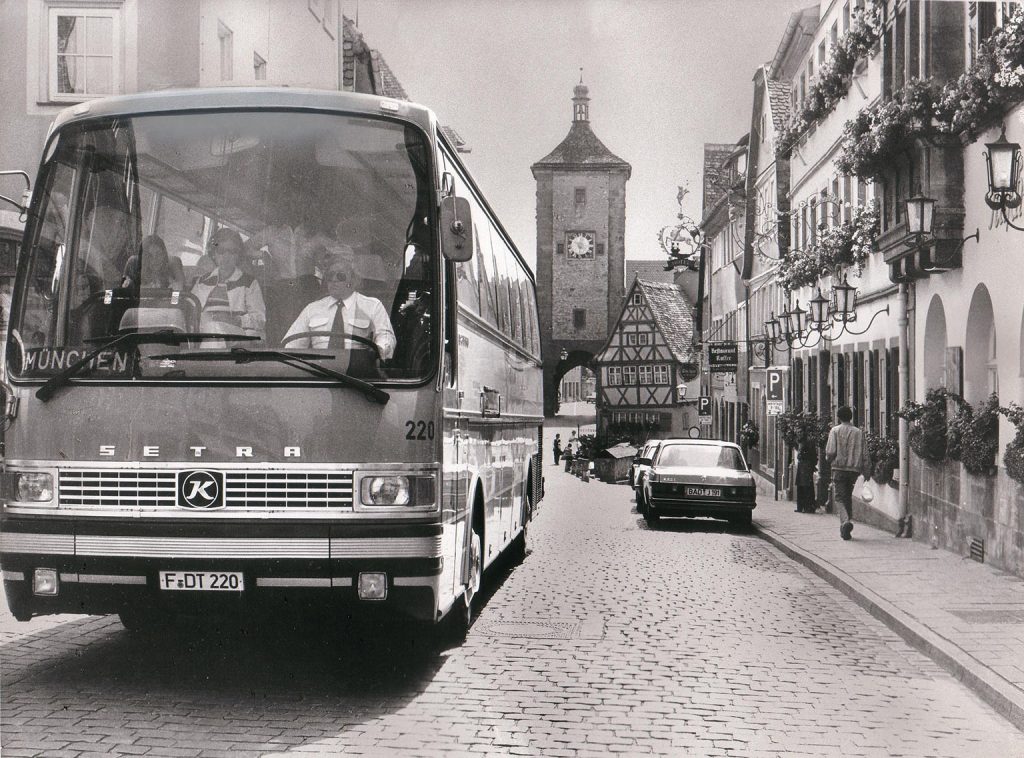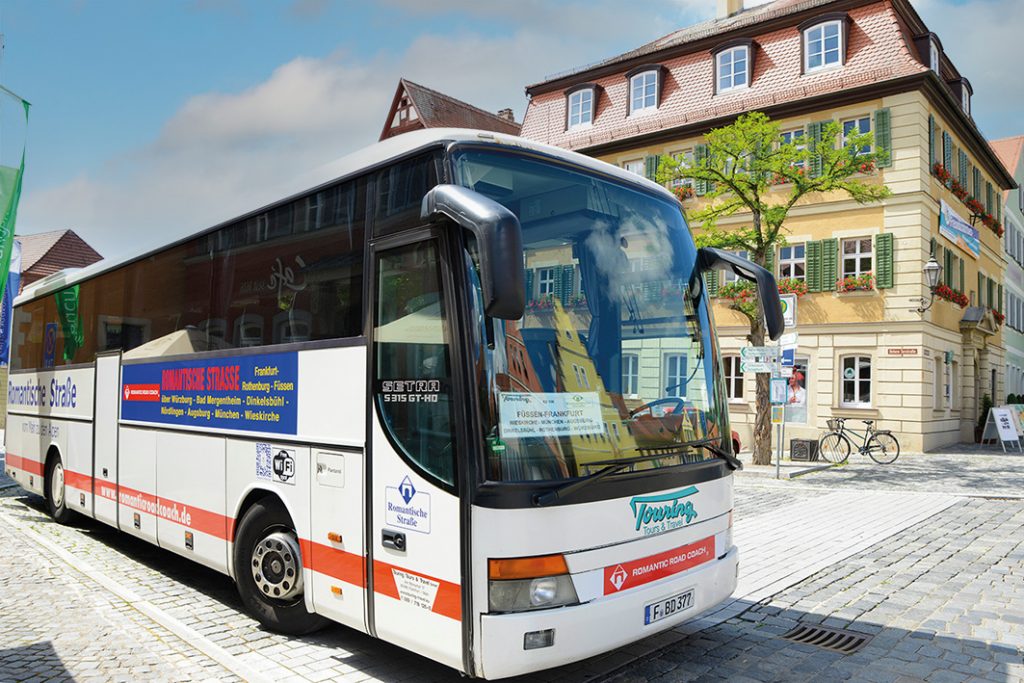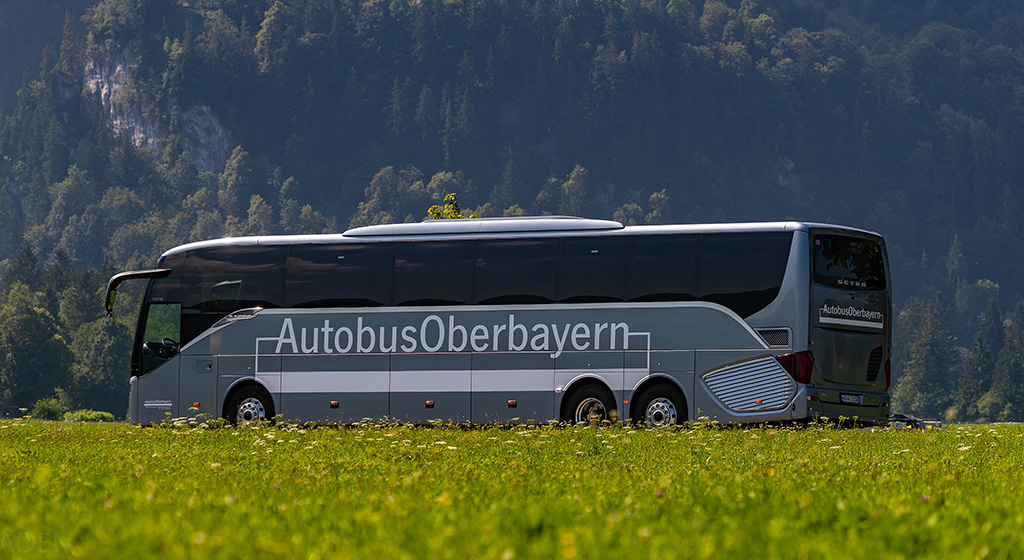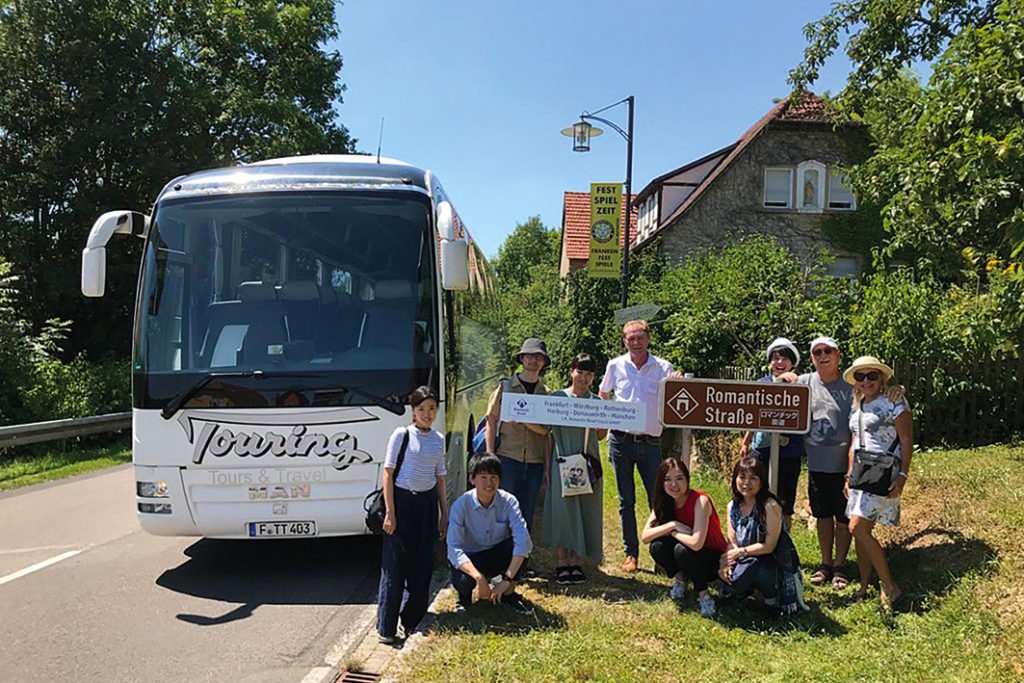Join us on the Romantic Road
Romantic Road Journey through time from the Main to the Alps
January 10, 1950
Founding of the working group »The Romantic Road between the Main and the Alps«. The roots of Germany's oldest holiday route go back to the year 1900, when the "German travel route number 1" connected the Main with the Alps. The American soldiers stationed in Germany and their families later found pleasure in this route, which is peppered with rich history and scenic beauty. Especially in North America and Canada, Deutsche Lufthansa and the German National Tourist Board used the Romantic Road as a calling card for a new and friendly Germany after the turmoil of World War II.
May 4-8, 1950
The first press trip along the Romantic Road is organised.
A dozen journalists and travel book authors were there, who were able to get their own impression of the tourist potential of the Romantic Road.
June 19, 1950
Southern Germany's longest long-distance bus line begins operations. The 377-kilometer long-distance line is used daily in both directions, with connections to Oberammergau, Ettal and Garmisch-Partenkirchen. Departure in the morning at 6.30 a.m. from Würzburg, arrival in Füssen at 8.15 p.m. Opposite at 6 a.m. from Füssen with arrival in Würzburg at 7.35 p.m. Fare per km: 6 Pfennig. With the start of scheduled services, the buses on the Romantic Road will initially be accompanied by English-speaking translators and later by hostesses. In their neat uniforms, they didn't need to shy away from being compared to Lufthansa flight attendants.
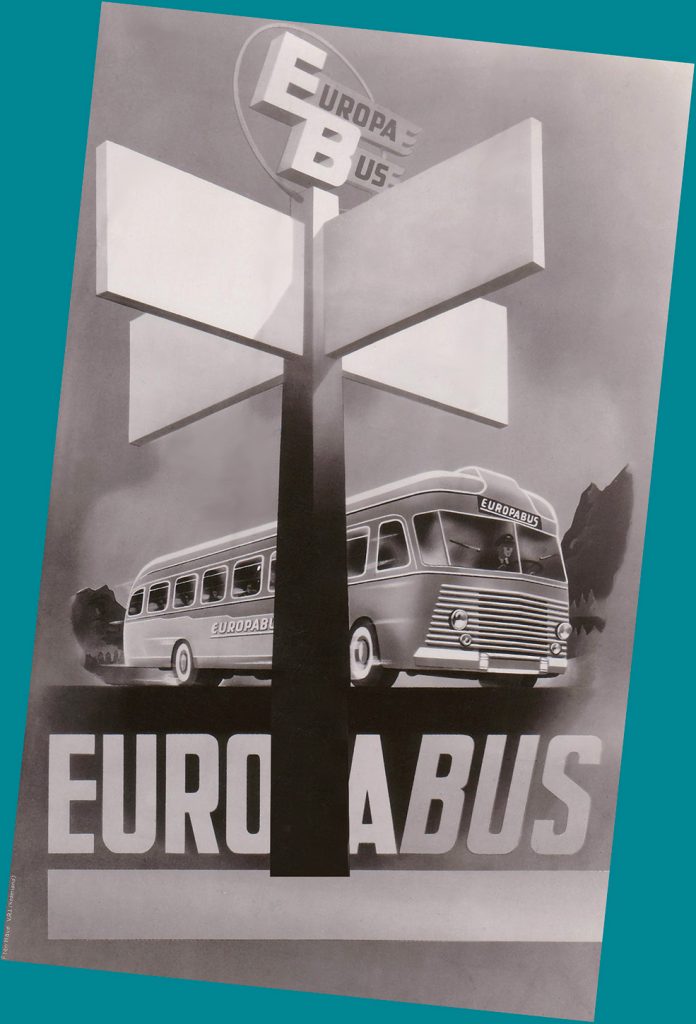
May 23, 1951
The Deutsche Bundesbahn uses a pair of express railcars on the Rothenburg - Feuchtwangen - Nördlingen - Augsburg - Munich route and back. It is possible to change to the Romantic Road bus in all towns, so that all sights can be visited. The design of both timetables is the responsibility of the Augsburg Federal Railway Directorate (Reichsstädtexpress).
September 15, 1952
The red train buses are run by the founder of the Romantic Road, Dr. Ludwig Wegele, ceremoniously welcomed: The MAN buses decorated with flowers have each covered 100,000 kilometers on the Romantic Road. The first driver was Johann Marquart (1913-2008) from Augsburg.
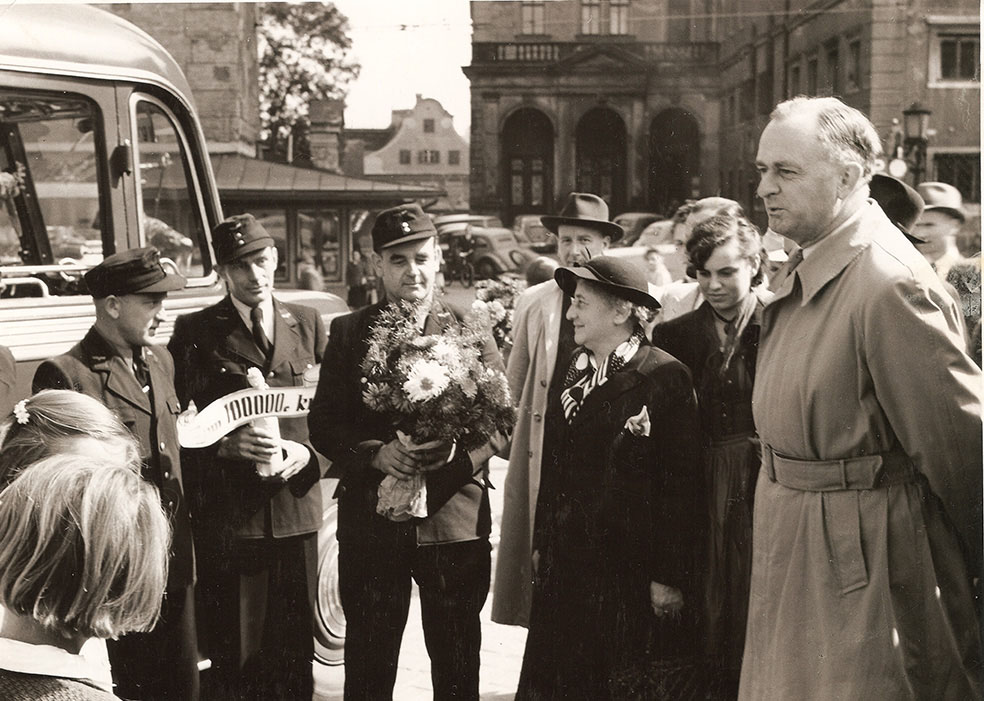
May 12, 1955
The Deutsche Touring Gesellschaft includes the Romantic Road as part of Vogelfluglinie route 312 from Copenhagen via Würzburg and Augsburg to Innsbruck. The Romantic Road is thus integrated into the European bus route network of the European railway companies. The red rail buses are replaced in 1962 by the turquoise-beige buses of Deutsche Touring, a 100 percent subsidiary of Deutsche Bahn. Simultaneously with this takeover, Frankfurt am Main and Munich will be included in the timetable. Erwin Rüb, later manager of Deutsche Touring, was the first European bus driver along the Romantic Road.
April 01, 1968
Charly Brown (1929-2018) starts his first trip from Frankfurt to Munich. Hardly anyone knows the always cheerful gentleman from Saxony by his real name Karl Heinz Zobel. But the bus driver with his whistle, gloves and top hat quickly became a "cult" - a trademark in international tourism. He received the nickname from two enthusiastic American women who became loyal regulars on the track. After 25 years of service, he has covered 2.5 million kilometers on "his" route, which corresponds to around 60 times around the world.
April 1982
The Japanese Romantic Road is handed over to its destination based on the German model - the first imitation abroad. In 2007 the partnership with the Rota Romantica in Brazil was sealed. Two years later, in July 2009, the Romantic Road of Korea and in 2016 the Romantic Road in Taiwan were officially opened. In Vietnam, too, the model of the German original was adopted when the World Heritage Road was founded.
April 01, 1992
Köksal Balikci is the first Turkish driver to be used on the Romantic Road. Hailing from Cappadocia, Balikci originally worked on the Istanbul–Frankfurt European bus route, fell in love with the Romantic Road and to this day is the “man at the front” and the face of the Romantic Road for international guests, who today over 80 percent come from Asia. For him, the Romantic Road has become his »life line«, and a look at his Facebook page reflects his high profile, especially in Japan. After 22 years of service, he retired on October 18, 2014 in Dinkelsbühl.
April 01, 1994
Cycle touring is becoming more and more popular in Germany. This trend is also taken into account on the Romantic Road, and all buses are equipped with bicycle trailers to complement the offer along the cycle path.
July 01, 2008
In preparation for its IPO, Deutsche Bahn is selling the profitable Deutsche Touring to a consortium of foreign bus companies. The Europabus is now becoming the »Romantic Road Coach«, the bus of the Romantic Road, which has been the link of the Romantic Road for more than 70 years and is operated by Touring Tours & Travel GmbH in Frankfurt.
2009
Due to the changes in the landscape, the route between Donauwörth and Augsburg will be routed via Rain am Lech. The Romantic Road follows the Danube and Lech to the city of flowers.
The route between Donauwörth and Augsburg is changed and Rain becomes the 28th member town on the Romantic Road.
April 28, 2010
In order to offer guests from all over the world more service, the buses for the 60th anniversary of the Romantic Road will be equipped with audio guides in 8 languages.
2013
The route is being optimized between Würzburg and Tauberbischofsheim. The Romantic Road now leads first to Wertheim at the mouth of the Tauber in the Main and then further into the Tauber Valley. Due to the course of the holiday route on side roads through varied landscapes, untouched nature, small villages and towns, the length of 350 km in 2000 has now grown to 460 km.
01 May 2018
On the routes from Frankfurt am Main and Munich to Rothenburg o.d.T. the passengers are accompanied by tour guides.
June 21, 2020
Summary of the 70th anniversary of Germany's first quality holiday route: Since 1950, the Romantic Road buses have covered more than 16 million kilometers, which corresponds to 404 times around the world. In total, more than 1.6 million passengers were carried.
